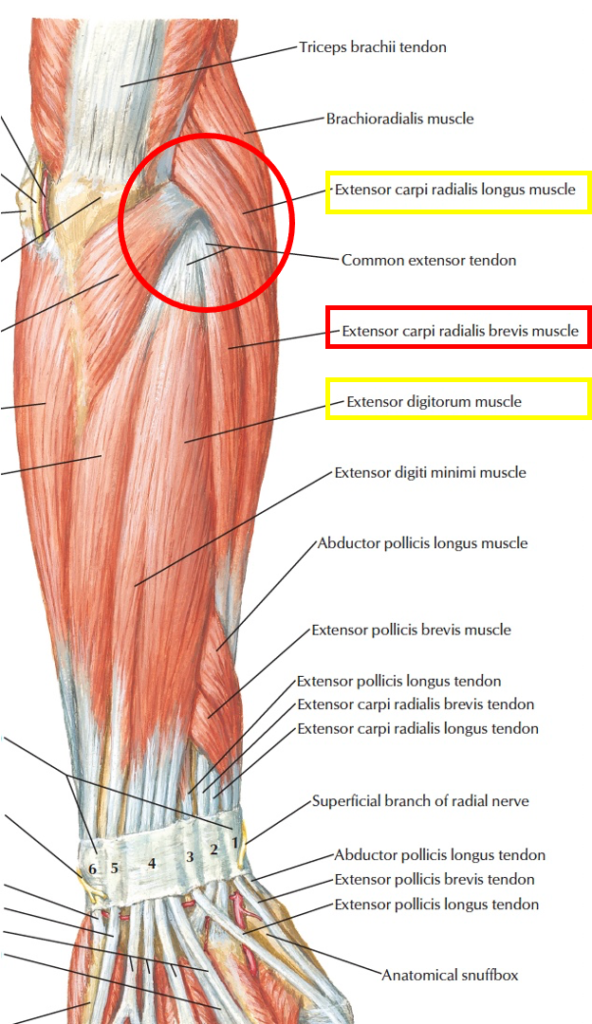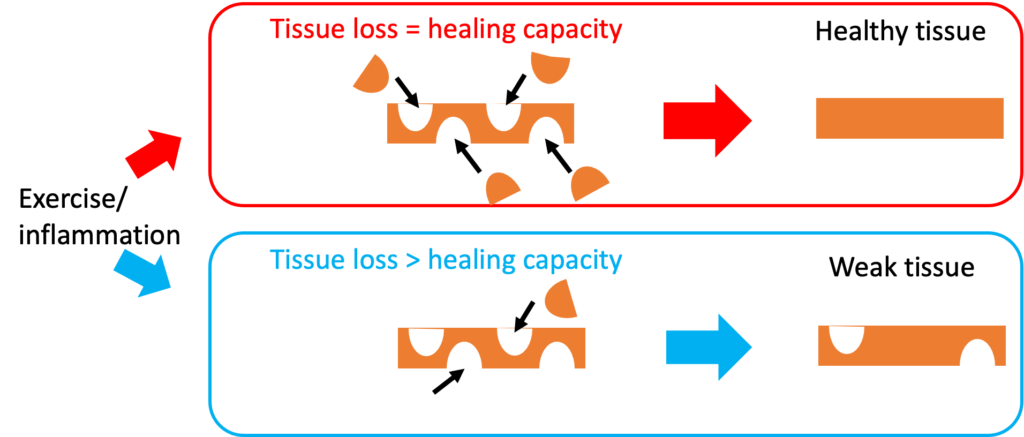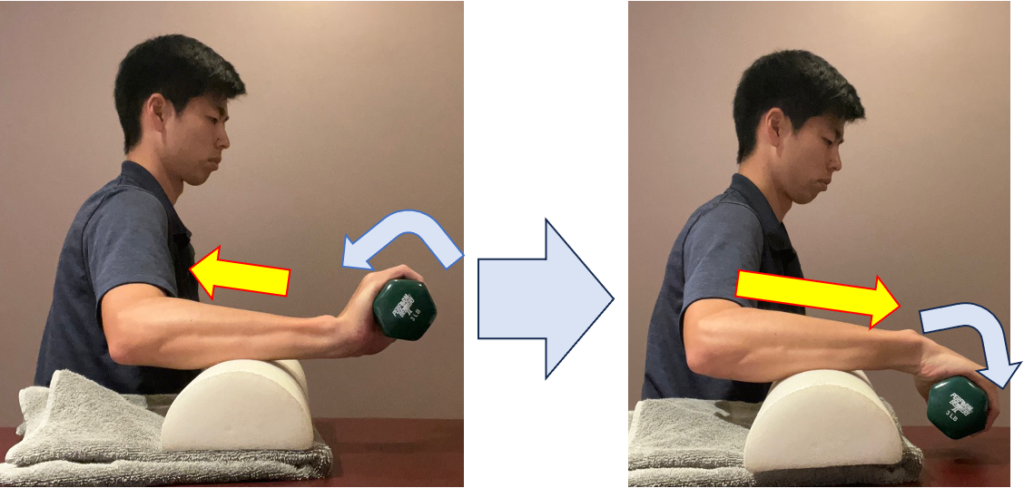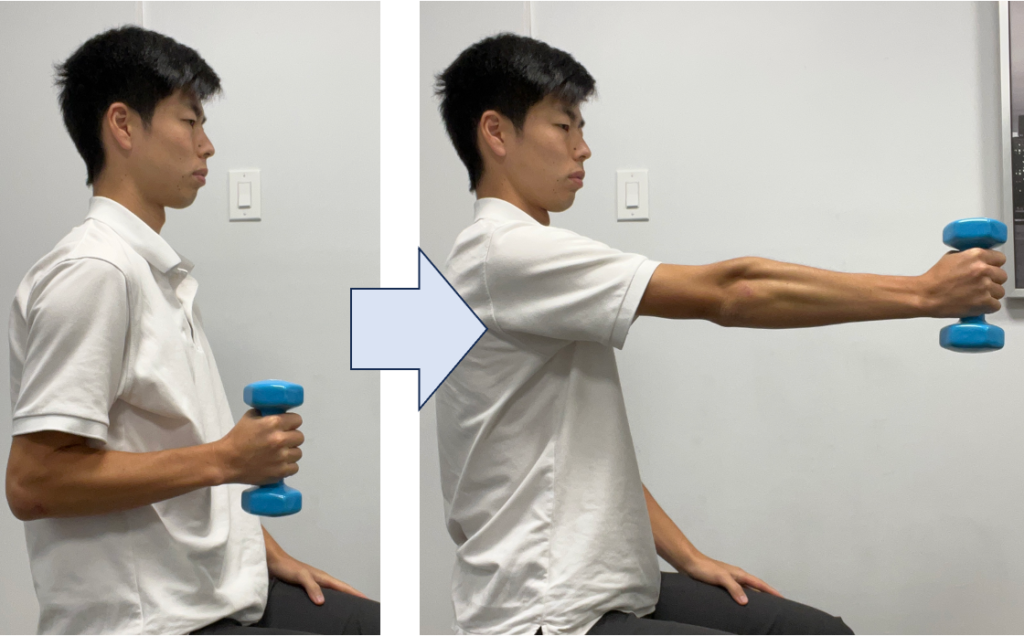Part 1: diagnosis and treatment plans
Introduction
“Tennis elbow, undoubtedly, ranks among the most common injuries in tennis. Lateral epicondilitis or elbow tendinopathy (LET), commonly referred to as tennis elbow, can also afflict individuals who aren’t tennis players. Those engaged in occupations that heavily involve hand usage, such as agricultural work and manual labor, face an elevated risk of tennis elbow. While this blog talks about tennis elbow for tennis players, the information presented can be beneficial for non-tennis players as well.
A common misconception is that tennis elbow stems from having a weak elbow. However, the reality is that tennis elbow may be the result of inadequate movement control in other areas of the body, such as shoulder weakness and tightness in the trunk region. This article will talk about the general concepts of LET treatment and explain how stress on the elbow can be increased by other interconnected body parts.
What is lateral elbow tendinopathy (LET)?
Lateral elbow tendinopathy (LET) is a medical term for tennis elbow. LET causes outer side of the elbow pain during or after tennis activity or repetitive gripping activities. Many wrist and finger extensor tendons attach to the outer side of the elbow, where people feel symptoms. (Wrist and finger flexor tendons attach to the inner side of the elbow.) The Extensor Carpi Radialis Brevis (ECRB) muscle is responsible for 90% of LET cases. ECRB attaches to various structures, including ligaments and the capsule around the outer side of the elbow. People with LET experience diffuse pain in the elbow due to its broad connections to different structures. While other muscles like extensor digitorum and extensor carpi radialis longus can also cause LET, ECRB is the primary focus for LET treatment. A picture on the right side illustrates the muscles around the elbow as viewed from the rear (right elbow).
Picture: elbow muscles

What is happening in the elbow?
To explain what is happening in the LET elbow, I need to clarify the difference between tendinitis/tendinosis and tendinopathy. Physical therapists frequently encounter Achilles tendinitis/tendinopathy, patellar tendinitis/tendinopathy, and lateral elbow tendinitis/tendinopathy. Despite involving different body parts, these conditions often share similar treatment plans. I will explain the distinction between tendinitis and tendinopathy before introducing the treatment plan.
Tendinitis/tendinosis
The term “itis” refers to inflammation. Tendinitis (tendon), capsulitis (capsule), osteitis (bone) all imply inflammatory conditions. Our body structures, including muscles and tendons, follow a cycle of catabolism (breakdown) and metabolism (regeneration). During an inflammatory response, catabolic (breakdown) activity dominates, as the body attempts to eliminate unhealthy tissues from the affected area. Moreover, inflammation enhances blood flow, leading to increased internal pressure (swelling). Individuals with tendinitis experience pain during muscle activity due to weakened tendon structures and heightened internal pressure. Overuse of the muscle typically triggers this condition.
Tendinosis is also used to describe a state of breakdown. This term refers to a chronic degenerative condition in contrast to tendinitis, which generally describes an acute state. Tendinosis typically lacks inflammatory substances like cytokines. It can result from overuse or inadequate recovery, such as nutritional deficiencies.
Tendinopathy
Tendinopathy signifies a stable state where weakened tendon structure results from post-inflammatory responses. This state often follows tendinitis or tendinosis. Due to the compromised tendon structure, mechanical stress on the tendon, including muscle activity or stretching, can induce pain. People often take anti-inflammatory drugs (NSAIDs) for elbow pain. However, anti-inflammatory drugs are effective for tendinitis but not tendinopathy. Consulting a doctor or physical therapist for appropriate treatment plans is recommended for elbow pain. Generally, intensive strength training is essential to regenerate healthy tendon fibers in cases of tendinopathy. It’s important to note that tendinopathy treatment may induce mild inflammation and pain, as high exercise intensity is necessary for tendon fiber regeneration.
Image: showing how tendon becomes weak

Effective treatment approaches
I will introduce several ideas of effective treatment for tennis elbow.
Training for the Shoulder and Other body parts
I introduce this topic first because individuals with tennis elbow are likely to have issues in other body parts. Tennis swing involves coordinated movement of the entire body. Efficient swings necessitate mobility and stability in the ankles, knees, hips, trunk, and shoulders. For instance, improper movement of the shoulder blade can impede the transmission of force from the legs and trunk to the arm, requiring the elbow and wrist to compensate for powerful shots. The later section titled “Why do we consider other body parts?” explains the significance of whole-body movement.
Strengthening training
Eccentric training is generally considered effective for muscle and tendon injuries, given its facilitation of muscle and tendon recovery. Research reveals that eccentric training activates tenocytes, the budding cells of tendons. This type of training involves working the muscle while it’s lengthened (stretched). For wrist extensor eccentric training, you hold a weight and gradually lower the wrist (see right pictures). As mentioned earlier, this exercise might result in increased pain due to tendon stress, which is vital for regeneration.

Pictures: Wrist eccentric exercise

Pictures: Wrist isometric exercise
Isometric training is also crucial, as it involves muscle activity without joint movement. In tennis, stabilizing the wrist while hitting the ball requires wrist isometric muscle activity. Hence, in addition to eccentric training, isometric exercises like holding a grip while upper arm movement are essential components of wrist and elbow strengthening programs.
Research indicates that manual therapy is effective for tennis elbow. Muscle tendinitis or tendinopathy can lead to stiffness in the elbow joint and the surrounding muscles. Manual therapy involves joint mobilization, muscle massage, and manual stretching of joints and muscles. By enhancing flexibility around the elbow through manual therapy, you can potentially reduce stress on the elbow during tennis play.
Other treatments and technologies
Acupuncture (dry needling), taping, electric stimulation (TENS), iontophoresis (medication application through electricity), and laser therapy may be effective for LET, according to evidence. However, the research on these treatments yields conflicting results. Combining these technologies with physical therapy appears to enhance treatment effectiveness.
Diagnostic ultrasound
Diagnostic ultrasound proves valuable for physical therapists to assess tendon conditions. This tool visually examines weakened tendon structures, inflammation, and micro tissue mobility during movement. Diagnostic ultrasound aids in visualizing tendon conditions. Weaker tendon structure seen in imaging suggests the need for strength training to regenerate healthy tendon structure. Furthermore, diagnostic ultrasound can monitor the tendon regeneration process. If exercise intensity is inadequate for tendon regeneration, the ultrasound imaging will remain unchanged after a few weeks of strength training. Conversely, excessive stress from exercise may trigger an inflammatory response in the tendon.
Ultrasound images referenced from an article are displayed below. Generally, bone and fluid appear as complete black, while muscle is seen as white-gray with directed fibers. Irregularities or color changes indicate structural abnormalities. Darker areas in the tendon indicate degeneration, while whiter areas indicate scarring or collagen buildup.

Solid arrow is indicating an area of mild tendon degeneration. A darker region is observed in comparison to the surrounding tendon area, indicating a less density of the tendon (weakness). Conversely, the dotted arrow is highlighting an area with scar tissue. The white region within the tendon suggests an accumulation of collagen.
The arrow is directed towards an area of advanced tendon degeneration. A substantial region within the tendon appears black adjacent to the bone. Patients with this condition require extensive strengthening training to facilitate the development of healthy tendon tissue.


The image displays a red area, indicative of an inflammatory response within the tendon. Patients experiencing this condition may be engaging in overly intensive exercise, impeding proper tissue regeneration.
I explained what tennis elbow is and outlined general treatment plans. The next section discusses why we need to consider whole-body movement instead of just elbow function and describes specific training to improve the tennis swing.


